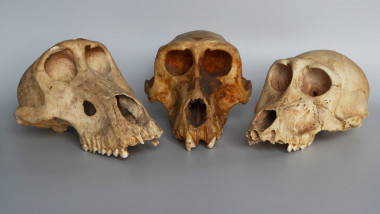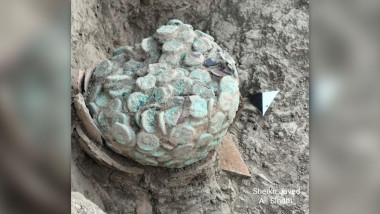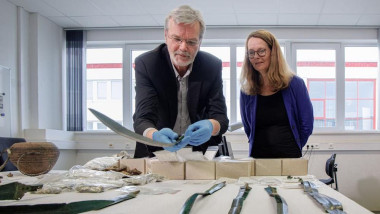Medieval grave of 'very, very powerful' man and his 4-foot-long sword unearthed in Sweden (www.livescience.com)
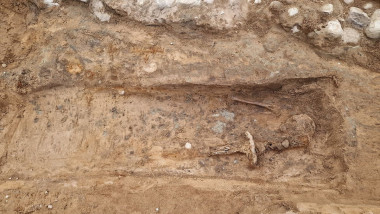


The puzzling depiction of a vicious predator — either a dragon or a snake — devouring a frog on an early medieval belt buckle from the Czech Republic may be a symbol from an unknown pagan cult, archaeologists say....
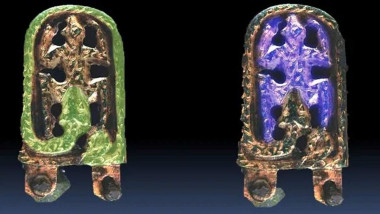
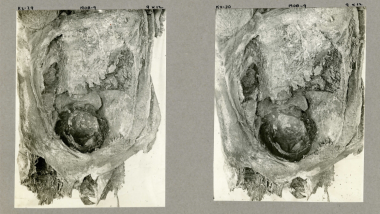
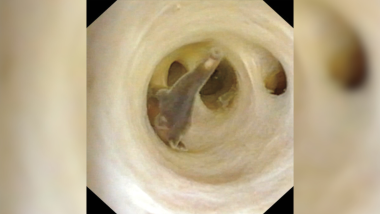
Archaeologists in Kazakhstan have discovered two gold ornaments in a 1,500-year-old tomb that feature the earliest known depictions of the great khan, or “khagan,” of the Göktürks — a nomadic confederation of Turkic-speaking peoples who occupied the region for around three centuries, according to an archaeologist who...
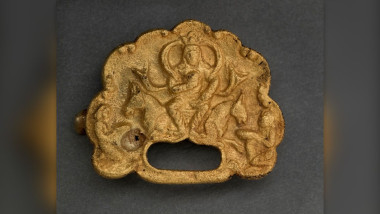
Archaeologists in China have unearthed a mysterious set of rectangular wooden pieces linked to an ancient astronomical calendar. The artifacts were discovered inside an exceptionally well-preserved 2,000-year-old tomb in the southwest of the country....
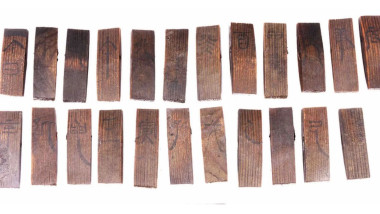
As long as humans have been minting coins and crafting beautiful jewelry and other stunning collectibles, an equal number of people have been right behind them searching for these precious finds. Here are 10 extraordinary discoveries made in 2023 that prove that the hunt for buried treasure never gets old.





Unique, prehistoric rock art drawings have been discovered in the Andriamamelo Cave in western Madagascar....


Archaeologists in Germany have discovered a rolled-up piece of lead that they think could be a medieval “curse tablet” that invokes “Beelzebub,” or Satan....
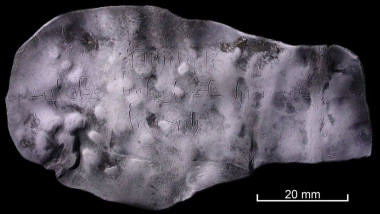
Archaeologists in Spain have discovered evidence that ancient people defleshed and dismembered corpses around 6,000 years ago. But these aren’t clues to an ancient murder: Instead, the bone injuries are more likely related to funerary practices that occurred just after death....
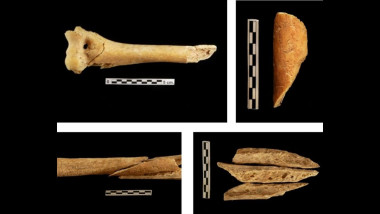
In 1934, workers in Germany discovered the double burial of a woman placed in a seated position with an infant between her legs. Because of the overabundance of grave goods surrounding the pair, archaeologists concluded that she was likely a shaman who died about 9,000 years ago, during the Mesolithic period. However, her true...

A metal detectorist in Poland has found five Bronze Age axes buried in a forest. Archaeologists suggest that the artifacts may have been used to either chop wood or for cult purposes....
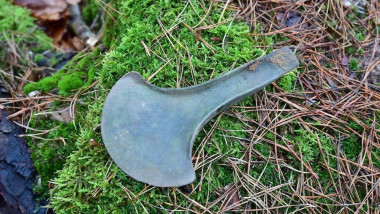
Archaeologists in Iraq have unearthed twin temples built on top of each other. The newer, Hellenistic temple dates to the fourth century B.C. and may have a link to Alexander the Great....


Baboons sacred to the ancient Egyptians were glorified as mummies after their death, but they suffered from poor conditions when they were alive, a new study suggests....
